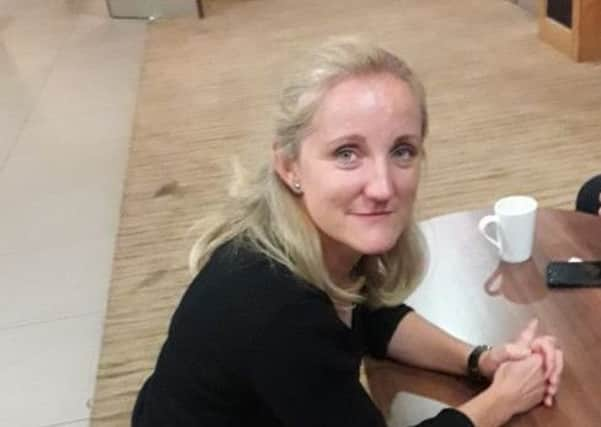‘Mobility as a Service’ is coming, and it will revolutionise our transport systems – John Yellowlees


Our transport systems and logistics networks supply a host of journey opportunities, but professionals sometimes have to strive to appreciate why people travel or order purchases in the way that they do. There is a risk that we go on providing services in the belief that they are what our customers most want, while users persist with them in the expectation that nothing better is available.
The emergence of Demand Responsive Transport replacing fixed bus routes with vehicles that go where people want them to go was one indication that things might be changing. Another was the arrival of Smartcards replacing the hunt for change with a means of easily paying upfront for a supply of future journeys. Taxis and fast food distribution started to become organised collaboratively through the likes of Uber and Deliveroo into groups of producers offering their wares for the consumer’s convenience rather than he or she having to make a lonely trek round what was available.
Advertisement
Hide AdAdvertisement
Hide AdA debate hosted by the Chartered Institute of Logistics and Transport’s Jenny Milne about how to fix door-to-door provision revealed that the new movement called Mobility as a Service seeks to take these developments to the next level in which all modes can be presented through a single path, enabling the consumer to make an informed choice on how to get to where s/he needs to be having regard to such factors as time of day and day of the week. A smart travel tool can thus display the full array of possibilities, from simple door-to-door by one’s own car or bike through to railheading or park-and-ride, car-sharing or bike hire from a park-and-choose site. Proponents point to an account-based system that can enable easy credit-card purchase of multiple journey-legs in advance. Journeys can be assured by capturing real-time information obtained by say traffic sensors to avert the traveller being left in the lurch by congestion, cancellations, the weather or other vagaries of the environment.
The real cost of travel may be flagged up by highlighting the cost of parking or petrol against fares on bus or train. The efficiency of the strategic freight network can be enhanced by encouraging operators to choose routes and times of day that will minimise congestion.
Supporters argue that any disability that an individual may have or his or her preference for say active travel may be factored in, and lifestyle choices can be included – for example the opportunity that having someone else do the driving allows you to enjoy a glass of wine. In order to encourage good behaviours, rewards may be offered for choosing public transport or active travel over taking the car. These could be in the form of say a discount on your next cup of coffee or a credit on your next booking. There is an acceptance that in order that the Service may be fully inclusive, it may have to show awareness of users’ varying computer-savviness.
Transport must be linked with digital connectivity to promote the flow of ideas as well as of goods and people. Improved broadband can bind together strategic locations, and digital communication can also facilitate traffic management, for example during major events. When linked through fibre-optic provision, it is suggested that Mobility as a Service can even supply awareness of the choice between an actual or a virtual journey. For the promotion of economic development it can bring new hubs on to the strategic passenger or freight network, and as an app on their smartphone it can encourage tourists to visit new destinations.
Advocates see MaaS promoting awareness of additional options such as new railway stations or park-and-ride sites. In these harsh economic times it can help assess the impact of reductions in the supported bus network. Telemetry may facilitate hot-desking: freed from the past lifestyle of five-day season tickets, a traveller might start the day catching up on emails from home, then stagger the journey into work by relocating to a park-and-choose site for a catchup over coffee before taking advantage of a flexipass fare to arrive at the office just as a colleague has vacated the desk that they share. It can also reflect young people’s seeming preference for staying connected over a life spent mostly at the wheel.
People say that courage in data-sharing may be required by cash-strapped agencies if the benefits of Mobility as a Service are to be captured, and in aligning their objectives managers must have confidence in the potential synergy between capital and revenue and with budgets in other people’s silos. It may be that the best test-beds can be offered by relatively self-contained areas such as islands, with their simple points of access, or self-contained regions such as the North-East of Scotland with its high car-dependency but the new opportunity provided by the Aberdeen Western Peripheral Route to reassign city roadspace.
For Mobility as a Service to become as familiar a means of making choices as say recourse to a booking-office or a paper timetable, the intuitive sense of its benefits may have to be converted into hard evidence of how it helps consumers make choices that aid economy, efficiency, health and the environment by embracing their whole door-to-door journey. The Chartered Institute of Logistics and Transport therefore acknowledges the lead being taken by Technology Scotland, working with 75 providers and other agencies, to allocate support from the Scottish Government’s new Mobility as a Service Fund so the first trials may get off the ground.
John Yellowlees, chair, CILT Scotland.